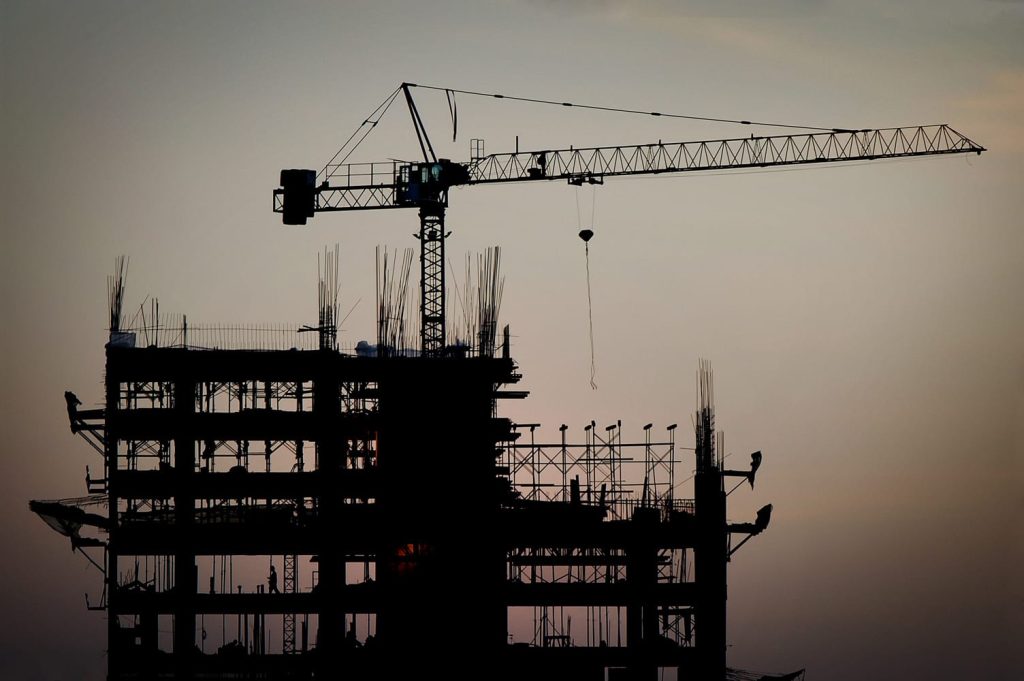
As we move into 2017, changes abound in every industry, including construction. We’ve put together a list of five key trends that will shape the construction industry this year and beyond.
1. Strict Fines for Violations Make Safety Priority #1
Jobsite safety continues to be a concern among construction companies, and violations are now costlier than ever. OSHA increased penalties for safety violations by 78 percent in 2016, which means construction companies must take stricter precautions or pay the price. Currently, the maximum penalty for a willful or repeat violation is $124,709, up from $70,000. And the minimum penalty is up to $8,908.
Creating a culture of safety among workers encourages vigilance and accountability, but other measures, such as tighter project tracking and the use of high-quality security cameras can help companies reduce risk.
2. The Growing Labor Shortage Is Putting Companies in a Bind
Good workers are increasingly difficult to find, especially because construction projects require local resources that aren’t always available in certain geographical areas. The Associated General Contractors of America (AGC) reported in August last year that more than 60 percent of construction companies are having trouble filling hourly craft labor positions. In fact, many companies must turn away new projects because they can’t find people to do the work.
Labor shortages are driving up construction costs and resulting in longer construction schedules. Companies must offer higher pay to attract talent, and with fewer available workers, they must find a way to do more with less.
3. Construction companies Are Rapidly Adopting New Technology and Software
In light of these trends, it’s not surprising many companies are finding technology provides jobsite efficiencies that help speed project completion and cut costs. This is increasingly important, as the labor shortage puts pressure on companies to improve productivity, and as security concerns continue to loom large. Examples include mobile apps, which enable remote access to project data for better collaboration and communication, and construction cameras that help track and document project progress. According to Construction Junkie, mobile apps are being used by construction professionals primarily for field data collection, time entry, project management, accounting and plan distribution.
Collaborative technologies help companies keep a complete archive of every aspect of the engineering and construction process, and simplify the process of gathering and tracking information from subcontractors and suppliers throughout a project’s lifecycle. They enable transparency to project owners and investors, as well. Some more progressive companies are using 3D printing to produce drones for inspecting sites and monitoring progress, quality and safety.
4. As Part of Technology Adoption, IoT is Gaining Traction
The Internet of Things (IoT) has tremendous relevance to the construction industry. IoT can help companies reduce costs and speed project completion by keeping them informed about the condition and performance of jobsite equipment, enabling faster resolution of problems that could cause delays.
IoT also brings new functionality to the jobsite that improves worker performance. For example, “smart glasses” that project specifications and instructions can keep workers productive while providing on-demand information to complete tasks. Machine-to-machine communication enables equipment owners to track idle time, location, fuel consumption and other factors, reducing equipment misuse and deterring theft.
More sophisticated systems can measure and track engine load, fluid temperatures and pressures and other parameters. Data can be transmitted back to analytics platforms and dashboards to help companies reduce downtime and maximize the ROI of their equipment. All of this helps reduce total cost of ownership and keeps projects on-budget and on-schedule.
5. Competition Will Intensify as Growth Slows and Costs Rise
According to PwC’s 19th annual global CEO survey, 64 percent of CEOs of engineering and construction companies believe they face more economic threats than they did just three years ago. And 68 percent are working to cut costs as a way of increasing profits—68 percent plan to implement a cost reduction initiative. As part of that effort, 74 percent of CEOs surveyed believe technology will be the real differentiator—which supports the trend toward increased technology adoption.
And, despite a strong 2016, it seems growth will slow as companies struggle to fill jobs and as the cost of materials and equipment continue to rise. Jones Lang LaSalle, IP, Inc. predicts shrinking budgets and the need to consolidate services to clients will intensify competition for projects throughout 2017.
Try a live TrueLook demo to seet how we can help you increase efficiencies and improve project tracking and security throughout the lifecycle of your construction projects.

